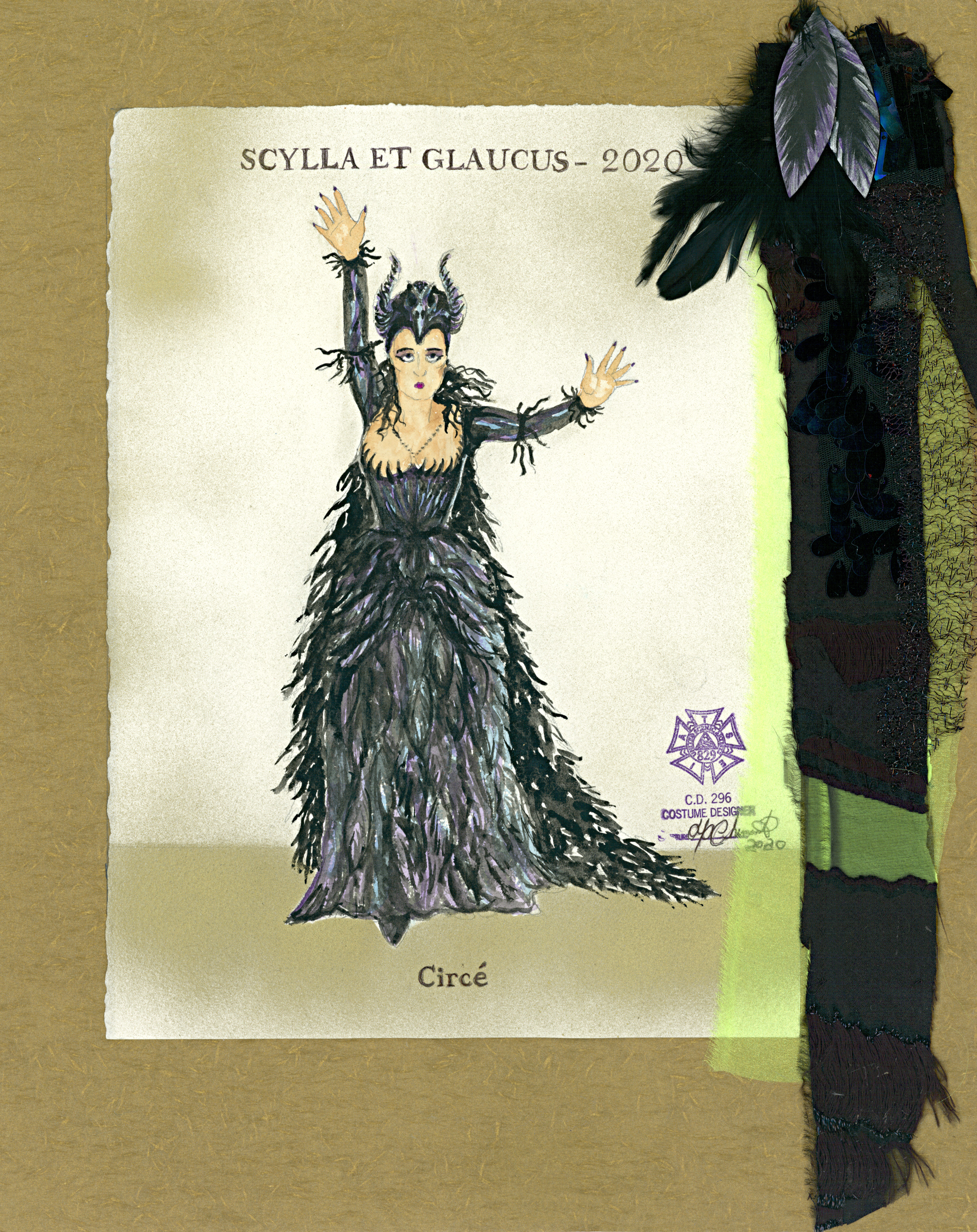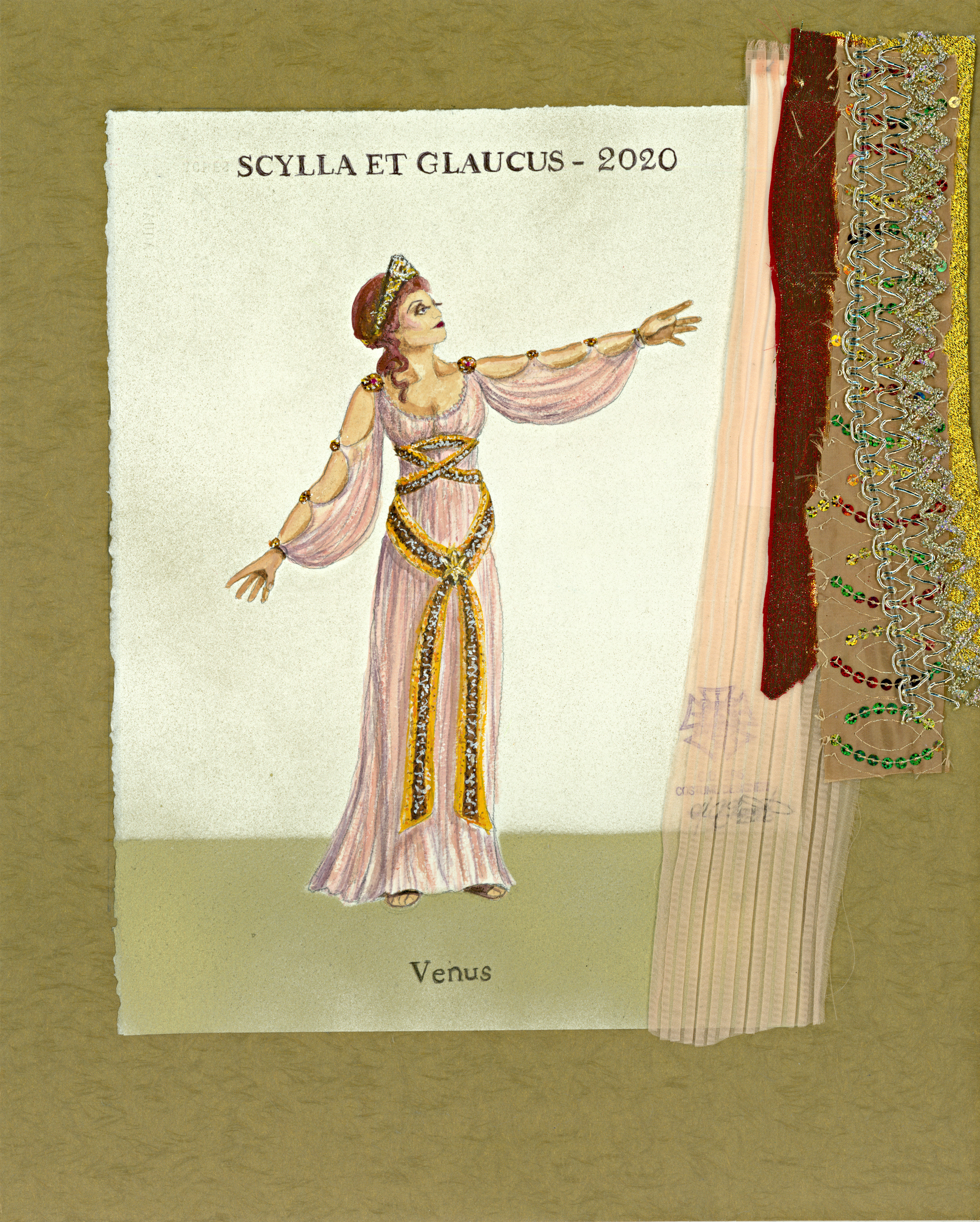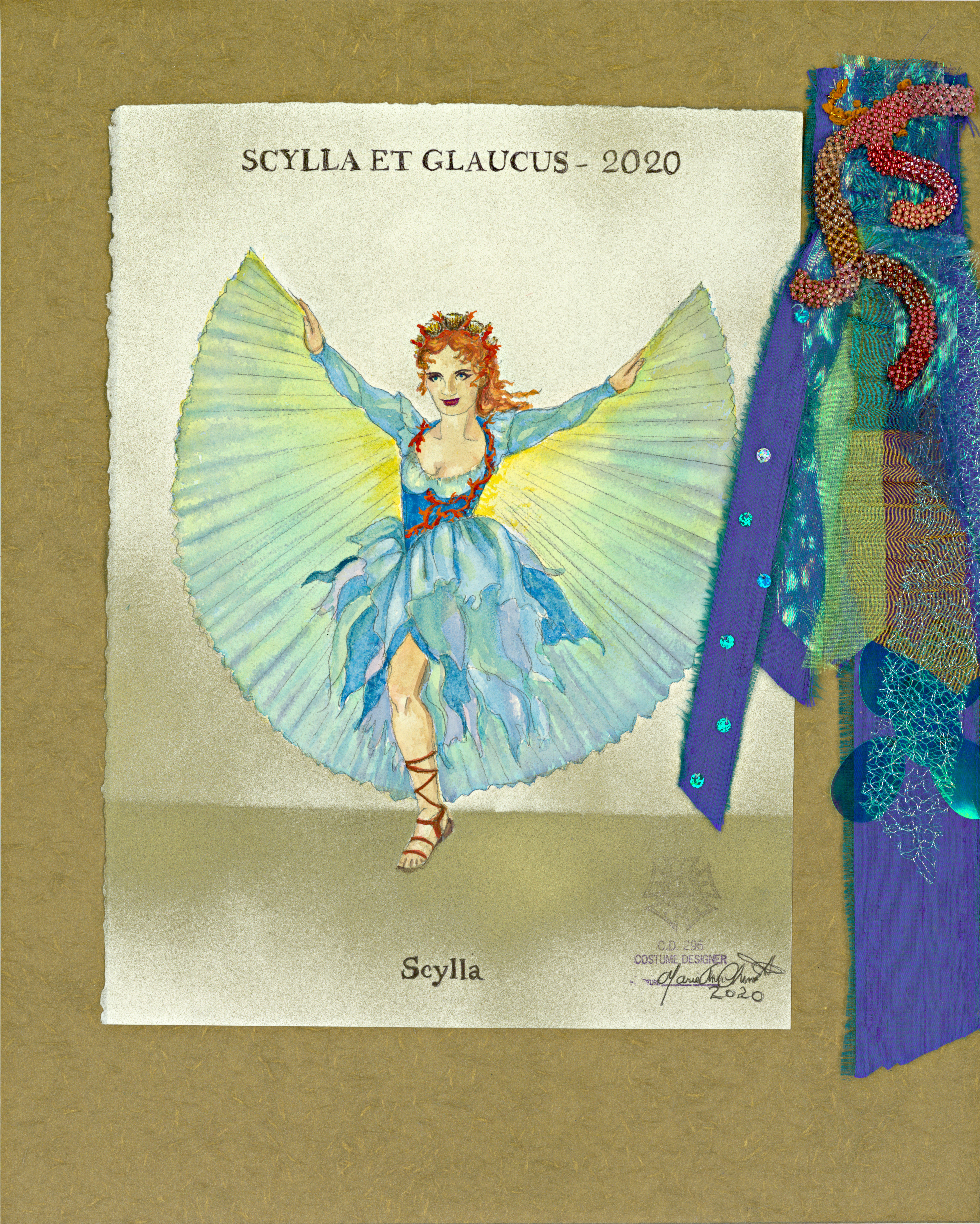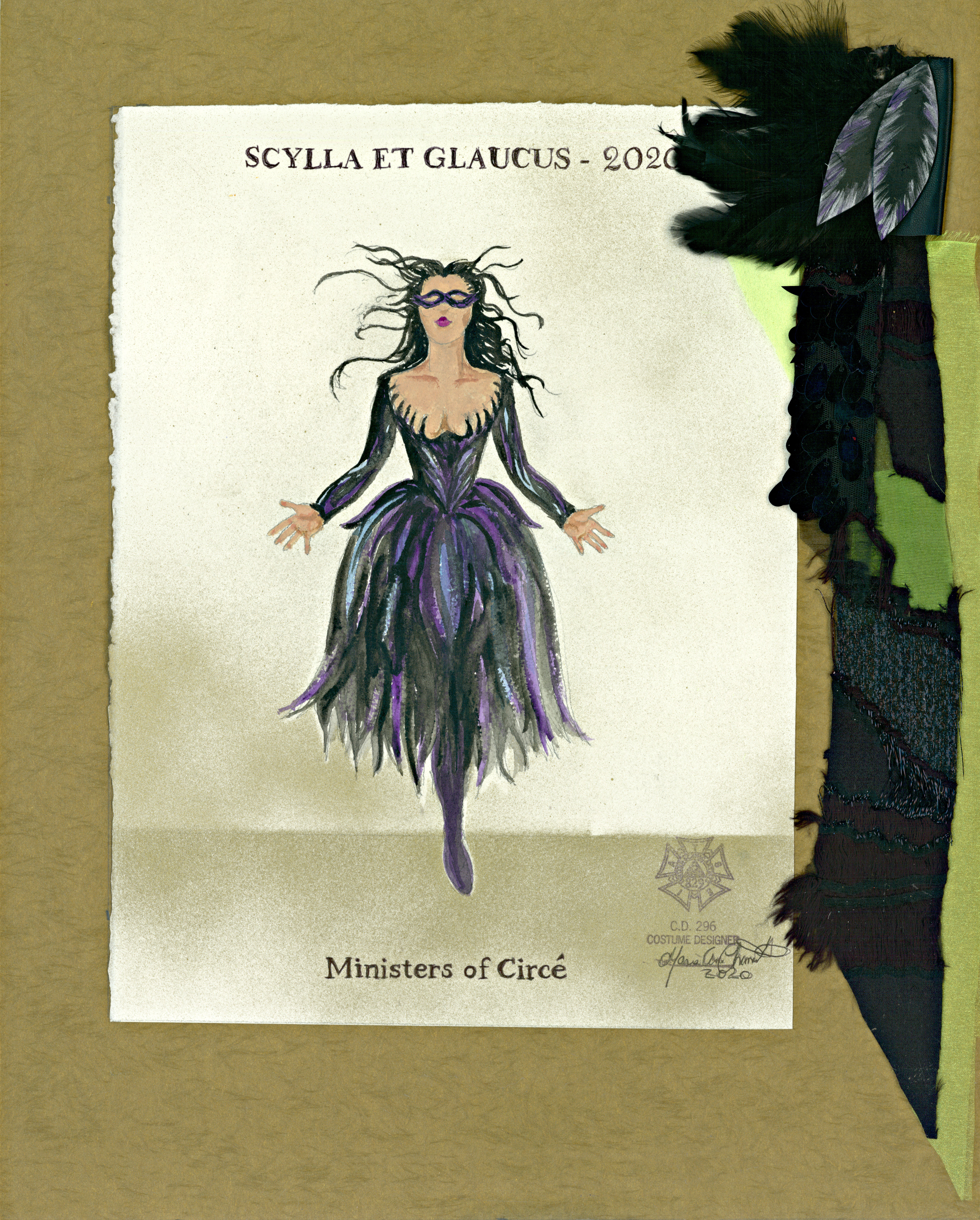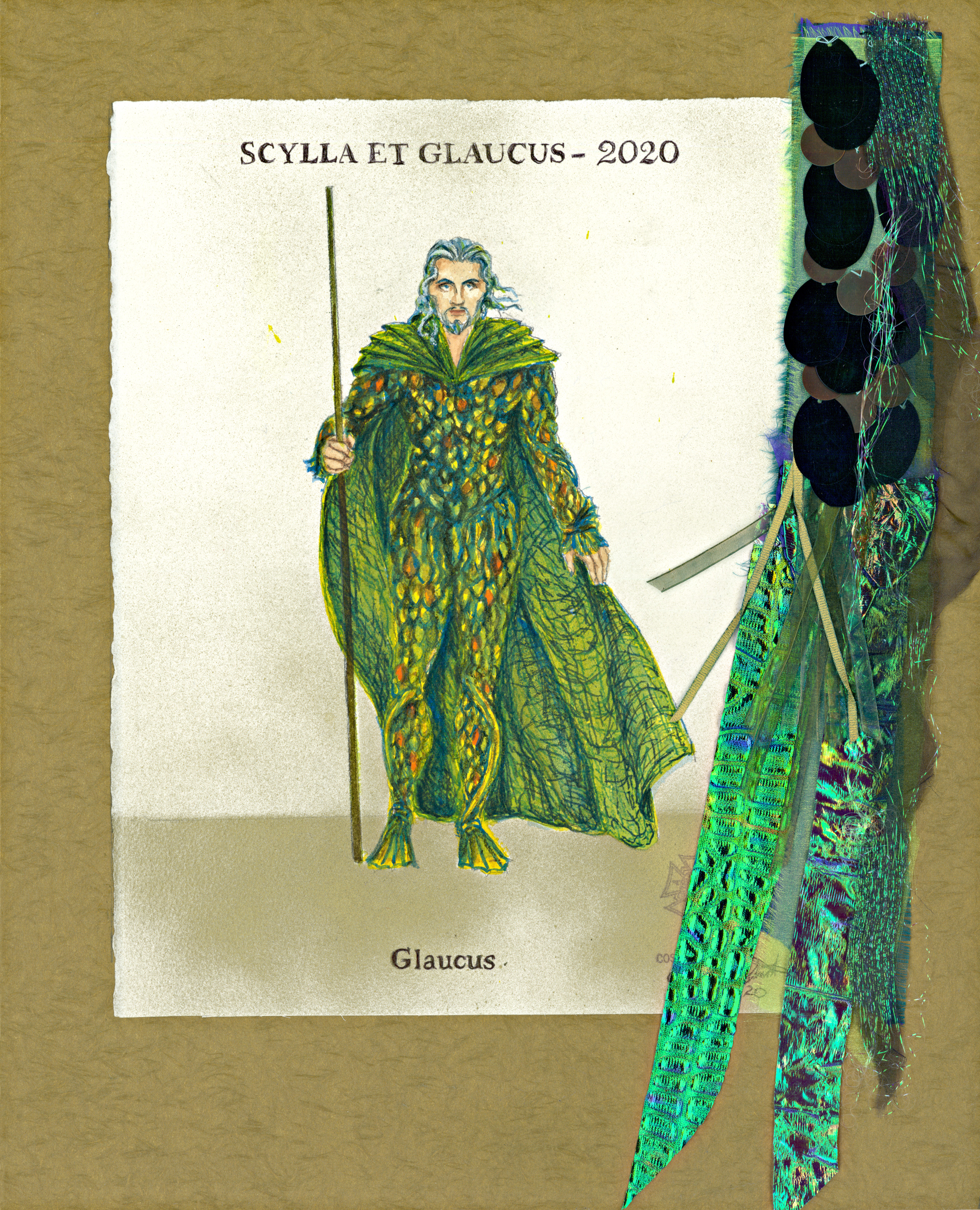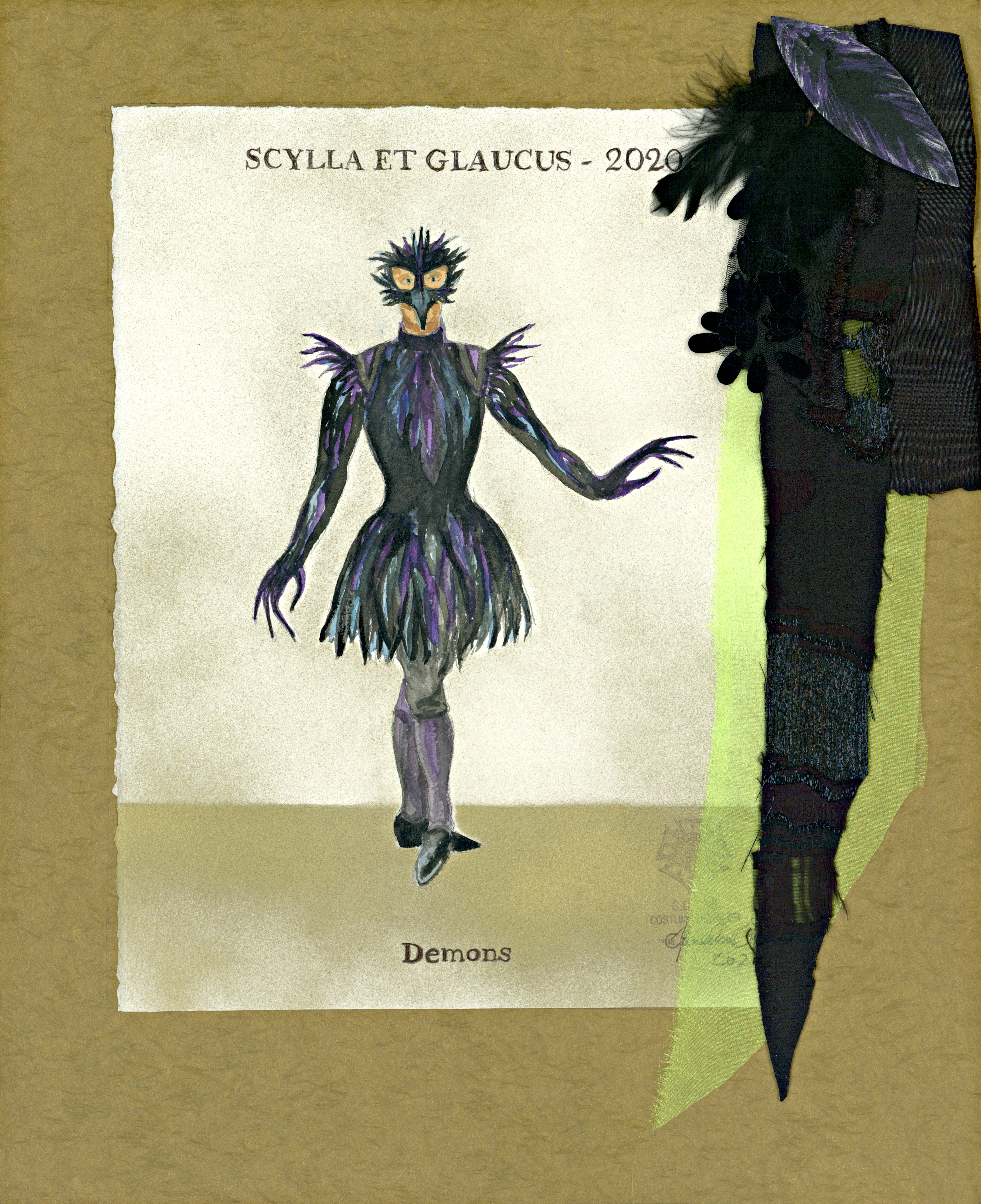Program Notes
by Bruce Lamott
Background
Born in Lyons, Leclair divided his early career between his talents as a violinist and dancer, working as a ballet-master and ballet composer while studying violin in Turin in the 1720s. His op. 1 publication of violin sonatas received praise both for their challenge and their innovation, and his performances of his sonatas and concertos at the Concert Spirituel in Paris were received enthusiastically. However, edged out by rivalry with Pierre Guignon, he traveled to London and Kassel, Germany, where he performed at court with the celebrated Italian violinist, Pietro Locatelli (1695–1764). The two were considered avatars of the French and Italian styles of playing—Leclair for his rhythmic freedom and Locatelli for his technical gymnastics—though the influences of Locatelli are seen in Leclair’s violin sonatas from op. 5 on.
In 1733 Leclair was appointed ordinaire de la musique du roi by Louis XV, but resigned four years later when he tangled again with Guignon over leadership of the king’s orchestra. He then went to the Netherlands, invited by Anne, Princess of Orange, the daughter of George II of England and harpsichord pupil of Handel. He divided his time there between the court and The Hague, where he served a wealthy commoner as maestro di cappella for his twenty musicians. He returned to Paris in semi-retirement, having published nine highly influential volumes of violin sonatas and chamber music and six concertos. At age 50, he optimistically announced in the dedication of his first opera, Scylla et Glaucus, which premiered at the Académie Royale de Musique on October 4, 1746: “Today I enter upon a new career.” But sadly, after eighteen poorly received performances in two months, his operatic career began and ended with this work.
Leclair separated from his second wife about 1758 and bought a small house in a dangerous part of Paris. There he was found murdered in 1764. The investigation yielded three suspects: the gardener, an estranged nephew, and his estranged wife. Musicologist Neal Zaslaw writes, “The murder is often said to be shrouded in mystery, but the evidence (in the French Archives Nationales) is so clearly against the nephew, who was a violinist…that the only remaining mystery is that he was never brought to trial.”
Synopsis
The plot of the opera comes from Books XIII and XIV of Ovid’s Metamorphoses, directly following upon his account of the brutal murder of Acis by the Cyclops Polyphemus, the topic of the Handel’s serenata that PBO staged in January. Ovid’s Glaucus is a merman who describes himself thus: “Then I saw, for the first time, this dark green beard, my hair that sweeps the wide sea [hair that hid his shoulders and covered his back], these giant shoulders and dusky arms, these legs that curve below into a fish’s fins.” Not surprisingly (though one would assume that a sea nymph would have encountered such creatures before), “As [Glaucus] spoke these words, looking to say more, Scylla abandoned him.”
The Prologue to the opera is a pageant honoring Venus, goddess of love, and her son Cupid overcoming the warriors of Mars, god of war, clearly aimed at an audience of one: King Louis XV: “Learn from a King attended by glory, how to vanquish, how to reign over hearts, and how to determine the destiny of the world.” Venus’s descent from a cloud is the first of two dei ex machina in the opera, foreshadowing the descent of Circe in Act III.
In the verdant landscape of Act I, Glaucus enters after a whole scene of lovely pastoral music, a favorite of the French court, in which shepherds and woodland creatures attempt to soften Scylla’s hardened heart, hoping she will choose one of their kind. The obscure librettist, one Monsieur d’Albaret, minimizes Ovid’s Beauty-and-the-Beast element by emphasizing that it is Scylla’s fierce independent spirit—and not the sea-god Glaucus’s hideous appearance—that causes her initially to reject him.
In Act II, Circe also complains of failed love affairs, but she has turned those lovers into monsters that now decorate her palace grounds. Her supernatural powers apparently give her advance notice of the arrival of Glaucus, on whom she already confesses her amorous designs. When he unwittingly solicits her aid in his pursuit of Scylla, Circe posits herself as a worthier candidate for his affections. She then summons her ministers to beguile him further with songs and dances on her behalf. As he begins to succumb to this seduction, Licas. the impatient wing-man of Glaucus, redirects his attention to Scylla. Thus spurned, Circe’s amorous intentions turn to thoughts of vengeance, egged on by her sycophantic ministers.
At the seashore in Act III, Scylla rues her earlier rejection of Glaucus, at the same time complaining that he has now abandoned her. Word has evidently reached her of Circe’s attempted seduction, and only after considerable persuasion does Glaucus assure Scylla that he loves only her; she eventually confesses that the feeling is mutual. General rejoicing and the invocation of Venus follow, recalling the music and dance of the Prologue, but when the cloud machine reappears, it holds not the anticipated Venus, but a decidedly vengeful and angry Circe, who ends the act with a solo scena of furious intensity.
The inevitable confrontation of Glaucus and Circe in Act IV takes place on the barren volcanic landscape surrounding Sicily’s Mount Etna. Circe confronts him with a choice: her hatred or her love. In either event, she has resolved to kill her rival Scylla. He relents, agreeing to give in to her demands, but privately hopes to rescue his love. Caught in the midst of departure and prevented by the sorceress from explaining why, Glaucus is berated by Scylla for infidelity and abandonment. Appearing to surrender to his pleading and Scylla’s gratitude, Circe surprisingly dismisses the happy couple with a wholly disingenuous concession. Once out of their presence, however, she unleashes her fury, and as Mt. Etna spews flames, she impatiently invokes the demons of the underworld to wreak havoc. They appear in an infernal divertissement that climaxes with the presentation of a poisonous herb by Hecate, goddess of witchcraft.
Act V is a textbook coup de théâtre. Scylla and Glaucus celebrate their love in the midst of a fete around a fountain occasioned by the deliverance of Sicily from the Cyclops, and recount the perils they have escaped. Scylla, however (and justifiably, as it turns out), still has presentiments of Circe’s “fatal affections.” In a bookend to the Prologue, the Sicilians join in choruses and dances in celebration of Cupid, culminating in the dance of a frenetic tambourin. Meanwhile, Circe presumably poisons the fountain with Hecate’s toxic herbs. Sentimentally returning to the fountain where they first met, Scylla and Glaucus enjoy a brief moment before Scylla–upon seeing her reflection–is seized by hideous monsters and apparently succumbs. She briefly revives to Glaucus’s anguished cries and, to his momentary relief, exits. There’s no happy ending in sight, however. Circe reappears (sans cloud machine) and, in a final act of cruelty, transports Glaucus to the Straits of Messina where he sees a rock representing a Scylla surrounded by monsters, opposite the gulf of Charybdis. Glaucus exits heartbroken, and Circe gloats on this “monument to my rage” for the “misfortune of the universe.”
The Music
As befits the French tragédie en musique, Scylla et Glaucus is replete with choruses, special effects, and a rich palette of orchestral color. Because Leclair was underwritten by the deep pockets of the French aristocracy, there was a large cast of resident singers, dancers, orchestral musicians and the latest in stage machinery and scenic designs at his disposal. Written just five years after Handel gave up on writing operas in London, it differs from the more familiar Italian opera seria (serious opera) in dramatic and musical structure.
While Italian recitative (recitativo secco and accompagnato) is declaimed over a sustained bass note in the free rhythm of speech, the dialogue of the French récit is subject to a rhythmic pulse that shifts in accordance to the prosody of the text. This reflects the scrupulous attention also paid to poetic meter found in the alexandrines of 17th century French playwrights such as Racine and Corneille. The rhythmic récit also facilitates a seamless transition into solo airs and ariettes and accommodates the sudden outbursts of instrumental accompaniment that accompany the mercurial mood swings of Circe.
The French air differs from its Italian contemporary aria in its dramatic immediacy. The singer most often transitions from the récit without an introductory orchestral ritornello and proceeds through the text without repetition and elaboration of single words or phrases. Leclair also abstains from the Italian convention of the da capo (ABA) aria, in which the first sentence of text is repeated to accommodate the singer’s improvised ornamentation. However, he does give Glaucus a fully Italianate aria—complete with opening ritornello, florid passagework, and truncated da capo—in his final paean to love in Act V.
The opera reflects Leclair’s brilliant career as a violinist and the influence of Locatelli. The score abounds with the kind of “violinistic” writing found in his nine published volumes of violin sonatas, including double- and triple-stops, cross-string arpeggios (ondeggiando) and sweeping rapid scales (tirate). His choruses are frequently animated by flights of violin passagework soaring above the mostly chordal (homophonic) writing for the voices.
The rich variety of dances in Scylla reflect Leclair’s early career as a dancer and provides a catalog of French Baroque court dance. By this time, they had disseminated throughout Europe, and appear in suites by Bach, Handel, and Telemann, and countless others. In addition to characteristic “airs” for the Sylvans and Demons, the sarabande, gavotte, passacaille, tambourin, forlane, minuet, gigue, passepied, and march are all danced in the opera.
The instrumentation is a comprehensive roster of the late Baroque orchestra: transverse flutes, oboes, bassoons, trumpets, timpani, and strings divided into five parts: first and second violins, first and second violas (called haute-contre and taille de violon) and cello/bass as well as harpsichord and theorbo (archlute). Only horns are missing. Oboes, flutes, and the domesticated rustic bagpipe known as the musette, all have featured solos or accompanimental obbligatos, and the oboes as frequently double the violin parts in the absence of separate oboe lines.
Leclair shares with his contemporary Jean-Philippe Rameau (1683-1764) a love of orchestral effects and colorful writing for the woodwinds and brass, a French penchant for sonority that begins at the court of Louis XIV and continues with the works of Berlioz, Debussy, and Messaien. From the “great commotion” of the descent of Venus in the Prologue, scored for trumpets and timpani juxtaposed with oboes, flutes, and bassoons to the baying of the monsters and pounding surf that surround the rock of Scylla in the final scene, Leclair uses the whole instrumentation for sonic effect as well as melodic musical expression.

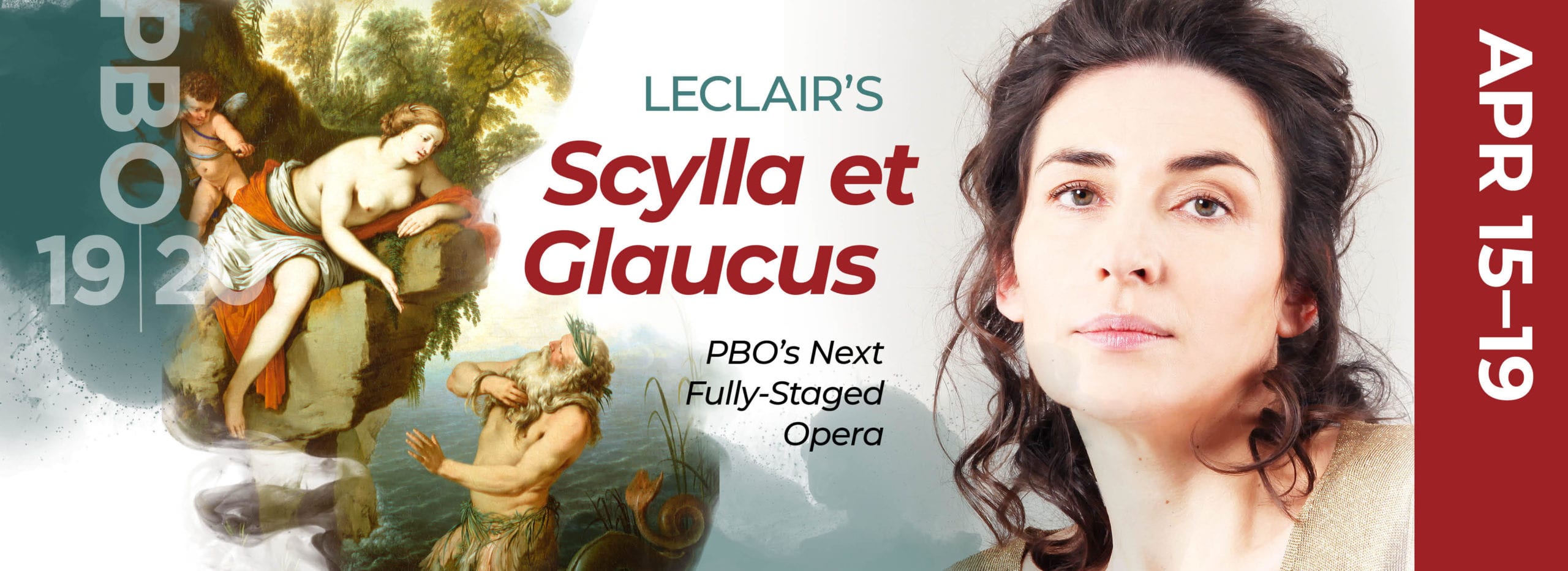
 Q. What inspired your costume designs for Scylla?
Q. What inspired your costume designs for Scylla?